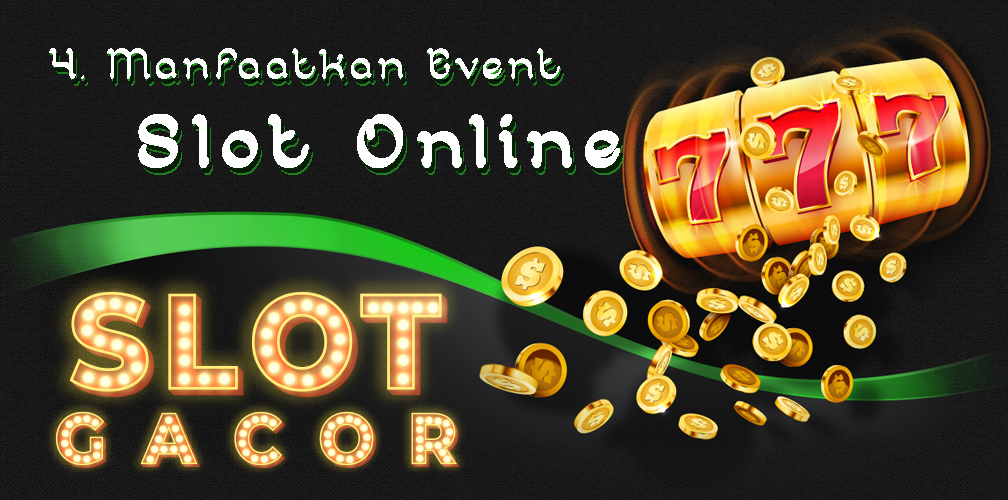
Slot machines are mechanical devices that spin a series of reels. There are many different types of slot machines. They usually accept cash, but can also accept paper tickets with bar codes.
In the United States, slot machines are heavily regulated. State governments often regulate them through gaming control boards. The rules vary widely from state to state, and can even be as stringent as requiring that the machines be installed on barges permanently anchored in the river. Some states allow only a single machine, while others allow up to five.
Most modern slot machines have been designed to include video graphics and interactive elements. For example, they may have bonus rounds that include special winning scenes on the LCD display. These bonuses are typically aligned with the game’s theme. Often, the bonus rounds occur in succession and may even be played several times in a row.
Before 1992, slot machines were not widely available in casinos. Before then, they were only found in bars and small shops. However, in 1992, slot clubs began to appear in Russia and the U.S. These clubs were operated in specially licensed gambling zones. Players would insert a nickel, and then pull the lever. Once the machine was in motion, the player would hope to catch a good poker hand.
In the early 1900s, slot machine manufacturers created machines that could handle up to five reels. Unlike earlier machines, these machines used skill stop buttons. These buttons were placed between the wheels, and the machine would break if the user attempted to tilt the machine.
The first slot machine to feature an electromechanical construction was the Bally’s High Hand draw-poker machine, which was released in 1940. It had an electromechanical construction, along with a modified reel-stop arm, which allowed the machine to release its cards from the timing bar.
Mechanical slot machines are much more reliable than their electronic counterparts. However, they still have their problems. Typically, a malfunction occurs when the machine displays an amount of money that is smaller than it should. This can be deceptive, and can cause disputes.
Another problem is a malfunction that is unnoticed. In some cases, the machine has a credit meter that shows how many credits the player has. If the machine displays the incorrect number of credits, it may not be able to make a payout.
Slot machines also have a weight count. This number refers to the total value of all the coins that have been removed from the machine. Usually, the amount is listed on the machine’s face or in the help menu.
Depending on the type of machine, a player can expect to receive a minimum of 1 to 15 credits. Some multi-line machines allow variable credits, meaning a player can receive a higher or lower amount depending on the wager.
Although the payouts on a traditional three-reel machine are usually limited, a lucky player can be awarded a large jackpot. A three-reel machine has an average of 1000 possible combinations, while a video slot can have as many as 1024 paylines.